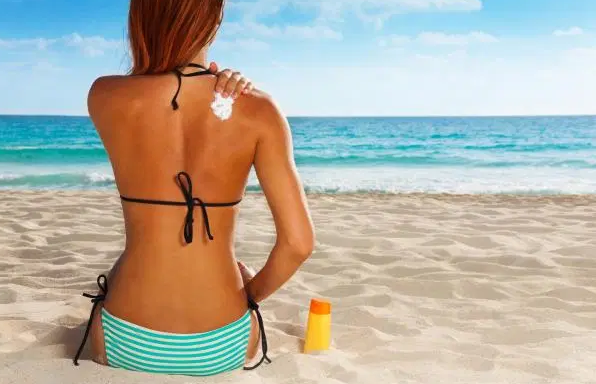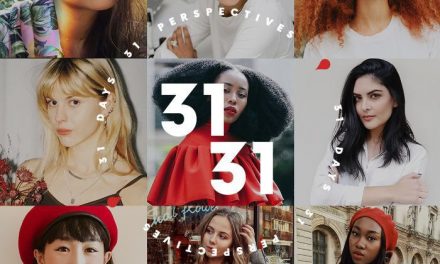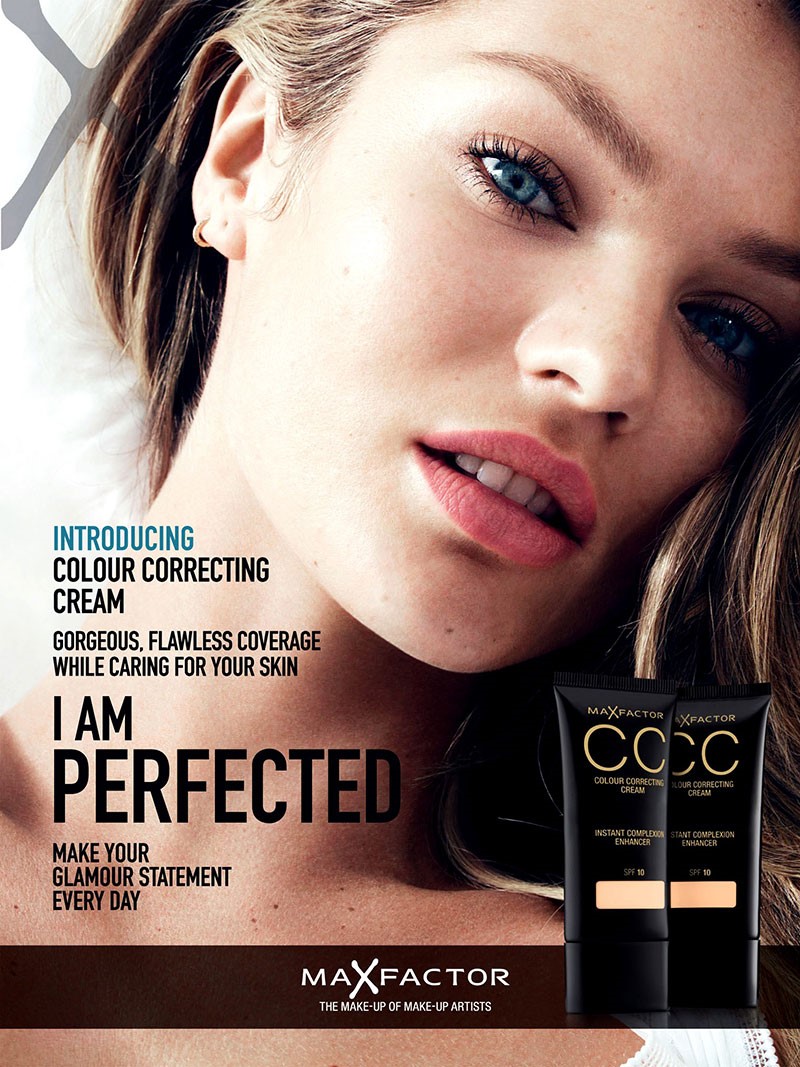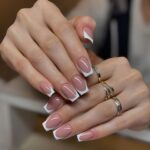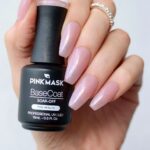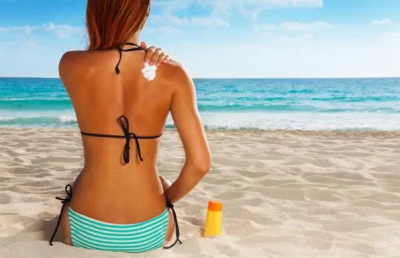
Courtesy: Thesun
Do you think tanning gives you a healthy glow? The truth is that a tan is a sign your skin has been hurt. The sun’s ultraviolet (UV) rays damage your skin, cause wrinkles and spots, and play a big role in causing skin cancer. Recently, the deadliest kind of skin cancer has been rising in kids and teens.
Remember that people with darker skin definitely can still get sun damage and skin cancer. Keep reading for more hot tips on the sun and tanning.
Sun safety tips
- Try to stay out of the sun when its rays are strongest. The sun’s rays are usually the most dangerous between 10 a.m. and 4 p.m. Keep in mind, though, that the sun can reach you even on cloudy days and in the shade.
- Wear protective clothing, such as a wide-brimmed hat, long-sleeved shirt, and long pants.
- Wear a broad-spectrum sunscreen and lip screen with at least SPF 15. “Broad spectrum” means it protects against both UVA and UVB rays. This protection helps guard better against all kinds of skin concerns, from cancer to wrinkles. If you are worried about acne, use an oil-free sunscreen or one labeled for faces.
- Follow the directions on your sunscreen, and check the expiration date. Sunscreen without an expiration date will last no more than three years. Sunscreen will not last as long if it is stored in very hot or very cold temperatures.
- You need 1 ounce of sunscreen — about the size of a ping-pong ball — every time. Put it on 15 minutes before you go out. Rub sunscreen in well, and don’t forget spots you might miss, like your ears, under bathing suit straps, and the back of your neck.
- Reapply sunscreen after two hours and after swimming or sweating. That means a tube of 3 to 5 ounces might be enough for you for just one day at the beach.
- Don’t think your skin worries end when the summer is over. You still need protection every day. And be extra careful on snow days since the snow reflects sun back up onto our faces.
- Look for a sunscreen that says it is water resistant for up to 40 or 80 minutes. New labeling rules mean sunscreens can’t say they are completely waterproof.
- Wear sunglasses. You want ones that provide 100 percent UVA and UVB protection. Wraparound sunglasses prevent rays from sneaking in on the side.
You may have heard that the sun helps people get vitamin D, and that many people may not get enough vitamin D. Ask your doctor how best to protect your skin and get enough of this important vitamin. Find out if you need to get more vitamin D from your diet or in the form of a supplement.
What about tanning beds and sunless tanning?
Trying to get that tan is dangerous both outside and inside. Indoor tanning salons use light bulbs in the beds and booths that give off dangerous UV rays. People who use indoor tanning have an increased risk of skin cancer. The risk is even higher if you start before age 25. And some research shows that frequent tanning can even be addictive.
Have you heard that indoor tanning sometimes is good for you? That’s just not true. In fact, anyone under 18 should not use tanning beds and booths at all, according to the government group in charge of the safety of these products.
Spray tans you can get at a salon and tanning lotions you can buy can be safe. Sunless tanning products have no known risk for skin cancer, but you do have to be careful. Spray tans, lotions, or gels use a color additive that makes your skin look tan called DHA. DHA is considered safe for use on the outside of your body by the U.S. Food and Drug Administration. You need to make sure it doesn’t get into your nose, eyes, or mouth, though.
Tanning pills are dangerous. Don’t be tempted to take pills that say they can darken your skin. They come with some serious health risks.
Source: girlshealth.gov

